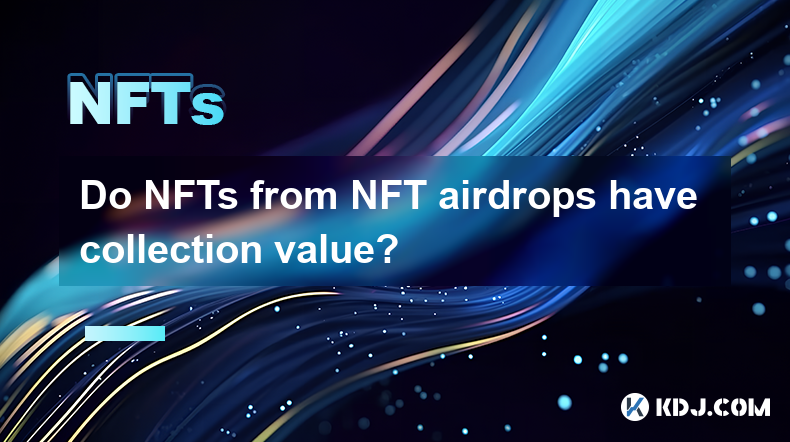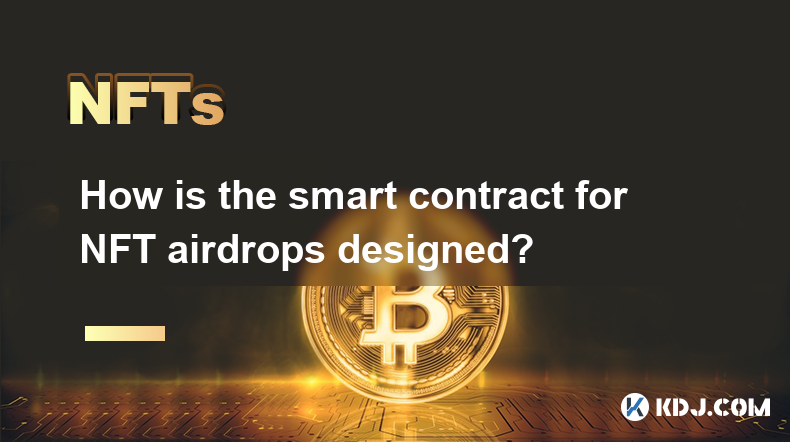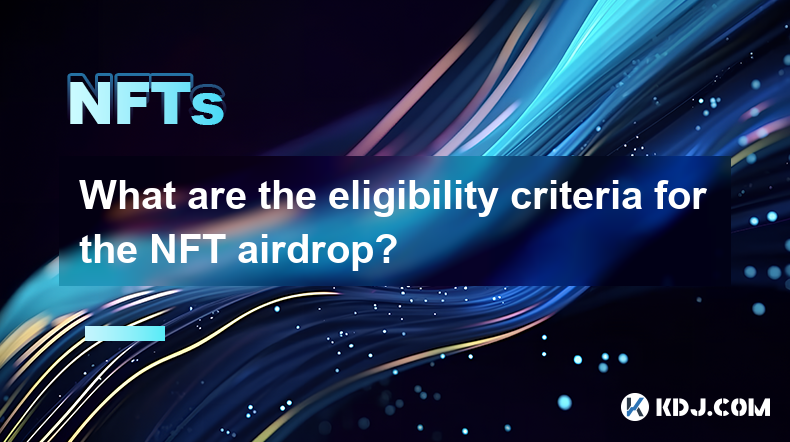-
 Bitcoin
Bitcoin $85,236.8618
0.90% -
 Ethereum
Ethereum $1,615.9773
1.41% -
 Tether USDt
Tether USDt $0.9996
-0.02% -
 XRP
XRP $2.0883
0.66% -
 BNB
BNB $591.2394
-0.31% -
 Solana
Solana $138.7789
3.57% -
 USDC
USDC $0.9997
-0.02% -
 Dogecoin
Dogecoin $0.1571
-0.57% -
 TRON
TRON $0.2426
0.82% -
 Cardano
Cardano $0.6304
0.44% -
 UNUS SED LEO
UNUS SED LEO $9.3083
0.85% -
 Chainlink
Chainlink $12.9679
2.88% -
 Avalanche
Avalanche $20.2445
5.87% -
 Stellar
Stellar $0.2481
3.09% -
 Toncoin
Toncoin $2.9678
-0.99% -
 Shiba Inu
Shiba Inu $0.0...01230
0.25% -
 Hedera
Hedera $0.1667
0.48% -
 Sui
Sui $2.1626
1.33% -
 Bitcoin Cash
Bitcoin Cash $334.6897
-2.24% -
 Hyperliquid
Hyperliquid $18.0279
6.84% -
 Polkadot
Polkadot $3.8084
3.15% -
 Litecoin
Litecoin $76.0021
-0.32% -
 Bitget Token
Bitget Token $4.5255
2.93% -
 Dai
Dai $0.9999
-0.01% -
 Ethena USDe
Ethena USDe $0.9992
-0.02% -
 Pi
Pi $0.6488
4.29% -
 Monero
Monero $211.1432
-2.44% -
 Uniswap
Uniswap $5.3268
2.64% -
 Pepe
Pepe $0.0...07424
2.66% -
 OKB
OKB $50.9311
0.82%
How does NFT Interdisciplinary Applications combine technologies from different fields?
NFTs, powered by blockchain's decentralized nature, integrate with AI, AR/VR, and gaming, creating innovative applications but facing interoperability and scalability challenges.
Mar 05, 2025 at 12:48 am

Key Points:
- NFTs' core functionality, representing unique digital ownership, integrates with diverse technologies.
- Blockchain's decentralized nature underpins NFT security and transparency across applications.
- Interoperability challenges exist but are addressed through bridging solutions and standards.
- Data management, security protocols, and user experience vary across applications.
- The future of NFT interdisciplinary applications hinges on addressing scalability and regulation.
How Does NFT Interdisciplinary Applications Combine Technologies from Different Fields?
Non-Fungible Tokens (NFTs) are revolutionizing how we interact with digital assets. Their unique properties, enabled by blockchain technology, allow for the creation of verifiable scarcity and ownership of digital items. This inherent characteristic opens up possibilities for combining NFTs with various technologies, creating innovative interdisciplinary applications.
Blockchain Technology as the Foundation:
The foundational technology for NFTs is blockchain. Its decentralized and immutable nature ensures the security and transparency of NFT transactions. This is crucial for maintaining the integrity of ownership records and preventing counterfeiting. Different blockchain networks, such as Ethereum, Solana, and Polygon, each offer varying levels of scalability and transaction fees, influencing the choice of platform for specific NFT applications.
Integrating with Artificial Intelligence (AI):
AI plays a significant role in enhancing NFT applications. AI algorithms can be used to generate unique NFT art, assess the value of NFTs based on various factors, and even personalize user experiences within NFT-based platforms. For example, AI can generate variations of an NFT artwork, creating a collection with subtle differences, increasing collectibility and value.
The Role of Augmented Reality (AR) and Virtual Reality (VR):
AR and VR technologies enhance the user experience of NFTs by providing interactive and immersive ways to engage with digital assets. Imagine viewing an NFT digital artwork in your living room using AR, or exploring a virtual gallery showcasing your NFT collection in VR. This integration significantly boosts user engagement and makes NFTs more tangible.
Game Development and NFTs:
The gaming industry has embraced NFTs to create in-game assets with verifiable ownership. Players can own, trade, and even sell their unique game items, creating new economic models within the gaming ecosystem. This integration fosters a sense of ownership and creates new revenue streams for game developers. Challenges remain in balancing game mechanics with the volatile nature of NFT markets.
Supply Chain Management and NFTs:
NFTs can revolutionize supply chain management by providing transparent and verifiable tracking of products throughout their lifecycle. Each product can be associated with an NFT, recording its origin, journey, and authenticity. This helps combat counterfeiting and ensures consumer trust in the authenticity of products. The integration requires robust data management systems to support the large volume of data involved.
Digital Identity and NFTs:
NFTs can be used to represent digital identities, providing a secure and verifiable way to prove ownership of personal data and credentials. This could revolutionize online identity verification, simplifying processes and improving security. Privacy concerns and regulatory hurdles need to be carefully considered in this application.
Decentralized Finance (DeFi) and NFTs:
DeFi protocols are integrating NFTs to create unique financial instruments. NFTs can represent fractional ownership of assets, allowing for increased liquidity and accessibility to investments. This integration is still evolving, with challenges related to regulatory compliance and the inherent volatility of the DeFi space.
Challenges in NFT Interdisciplinary Applications:
- Interoperability: NFTs on different blockchains may not be easily transferable or compatible. Solutions like cross-chain bridges are being developed to address this.
- Scalability: The transaction costs and processing speeds of some blockchains can limit the scalability of NFT applications. Layer-2 solutions and new blockchain technologies are tackling this issue.
- Regulation: The regulatory landscape for NFTs is still developing, creating uncertainty for developers and users. Clearer regulatory frameworks are needed to foster innovation and protect consumers.
- Security: While blockchain technology offers security, vulnerabilities can exist in smart contracts and other aspects of NFT applications. Robust security audits and practices are crucial.
Common Questions and Answers:
Q: What are the benefits of combining NFTs with other technologies?
A: Combining NFTs with other technologies enhances user experience, increases security, and creates new revenue streams and economic models, especially in areas like gaming, art, and supply chain management.
Q: What are the challenges in developing interdisciplinary NFT applications?
A: Challenges include interoperability issues across different blockchains, scalability limitations, regulatory uncertainty, and security vulnerabilities in smart contracts.
Q: What is the future of NFT interdisciplinary applications?
A: The future likely involves addressing scalability and interoperability challenges, navigating regulatory frameworks, and exploring new applications across various sectors. The potential for innovation is vast, with new combinations of technologies continuously emerging.
Q: How do different blockchain networks impact NFT applications?
A: Different blockchains offer varying levels of transaction speed, security, and cost. The choice of blockchain impacts the scalability and cost-effectiveness of NFT applications.
Q: What role does AI play in NFT applications?
A: AI can generate unique NFTs, assess their value, and personalize user experiences, creating more engaging and dynamic interactions.
Disclaimer:info@kdj.com
The information provided is not trading advice. kdj.com does not assume any responsibility for any investments made based on the information provided in this article. Cryptocurrencies are highly volatile and it is highly recommended that you invest with caution after thorough research!
If you believe that the content used on this website infringes your copyright, please contact us immediately (info@kdj.com) and we will delete it promptly.
- The Crypto Market Is Heating Up Again—and It's Not Just Bitcoin or Ethereum This Time
- 2025-04-20 05:35:12
- After years of regulation-by-enforcement, the SEC is now open to public input on crypto policy
- 2025-04-20 05:35:12
- Bitcoin (BTC) Prices Hold Steady Near $83,200 as Thousands Protest Against Trump
- 2025-04-20 05:30:12
- While the Crypto Market Oscillates Without a Clear Direction, Some Internal Dynamics Are Reigniting Tensions
- 2025-04-20 05:30:12
- XploraDEX Presale Enters Its Final 48 Hours, with the Energy Electric Across the XRP Community
- 2025-04-20 05:25:12
- Justin Sun Hints at TRX ETF on SEC Website, Sparking Crypto Community Excitement
- 2025-04-20 05:25:12
Related knowledge

How to display and trade NFTs from NFT airdrops?
Apr 18,2025 at 04:42am
How to Display and Trade NFTs from NFT Airdrops? NFT airdrops have become a popular way for projects to distribute their tokens and engage with their community. If you've received NFTs through an airdrop, you might be wondering how to display and trade them. This article will guide you through the process step-by-step, ensuring you can showcase your NFT...

Do NFTs from NFT airdrops have collection value?
Apr 18,2025 at 11:49pm
NFTs, or non-fungible tokens, have become a significant part of the cryptocurrency ecosystem, and NFT airdrops are one way for projects to distribute these digital assets to their community. A common question that arises is whether NFTs received from airdrops have any collection value. To answer this question, we need to delve into various aspects of NF...

How is the smart contract for NFT airdrops designed?
Apr 18,2025 at 03:10am
The design of a smart contract for NFT airdrops is a complex process that requires careful consideration of various factors to ensure the airdrop is executed smoothly and securely. This article will delve into the intricacies of how such a smart contract is designed, focusing on key components, security measures, and the implementation process. Key Comp...

What are the eligibility criteria for the NFT airdrop?
Apr 17,2025 at 04:56pm
Understanding NFT AirdropsNFT airdrops are a popular method used by blockchain projects to distribute non-fungible tokens (NFTs) to their community members. These airdrops can serve various purposes, such as rewarding loyal users, promoting new projects, or increasing the visibility of existing ones. To participate in an NFT airdrop, individuals must me...

How to protect the copyright of artworks on NFT platforms?
Apr 19,2025 at 06:28am
The rise of Non-Fungible Tokens (NFTs) has revolutionized the way digital art is created, bought, and sold. As artists increasingly turn to NFT platforms to showcase and monetize their work, protecting the copyright of these artworks becomes a crucial concern. This article explores various strategies and tools that artists can use to safeguard their int...

How to attract artists and creators to join the NFT platform?
Apr 18,2025 at 02:50pm
Attracting artists and creators to join an NFT platform is crucial for its success and growth. By understanding their needs and offering unique features, you can create a thriving community of digital artists and content creators. In this article, we will explore several strategies to entice artists and creators to join your NFT platform. Understanding ...

How to display and trade NFTs from NFT airdrops?
Apr 18,2025 at 04:42am
How to Display and Trade NFTs from NFT Airdrops? NFT airdrops have become a popular way for projects to distribute their tokens and engage with their community. If you've received NFTs through an airdrop, you might be wondering how to display and trade them. This article will guide you through the process step-by-step, ensuring you can showcase your NFT...

Do NFTs from NFT airdrops have collection value?
Apr 18,2025 at 11:49pm
NFTs, or non-fungible tokens, have become a significant part of the cryptocurrency ecosystem, and NFT airdrops are one way for projects to distribute these digital assets to their community. A common question that arises is whether NFTs received from airdrops have any collection value. To answer this question, we need to delve into various aspects of NF...

How is the smart contract for NFT airdrops designed?
Apr 18,2025 at 03:10am
The design of a smart contract for NFT airdrops is a complex process that requires careful consideration of various factors to ensure the airdrop is executed smoothly and securely. This article will delve into the intricacies of how such a smart contract is designed, focusing on key components, security measures, and the implementation process. Key Comp...

What are the eligibility criteria for the NFT airdrop?
Apr 17,2025 at 04:56pm
Understanding NFT AirdropsNFT airdrops are a popular method used by blockchain projects to distribute non-fungible tokens (NFTs) to their community members. These airdrops can serve various purposes, such as rewarding loyal users, promoting new projects, or increasing the visibility of existing ones. To participate in an NFT airdrop, individuals must me...

How to protect the copyright of artworks on NFT platforms?
Apr 19,2025 at 06:28am
The rise of Non-Fungible Tokens (NFTs) has revolutionized the way digital art is created, bought, and sold. As artists increasingly turn to NFT platforms to showcase and monetize their work, protecting the copyright of these artworks becomes a crucial concern. This article explores various strategies and tools that artists can use to safeguard their int...

How to attract artists and creators to join the NFT platform?
Apr 18,2025 at 02:50pm
Attracting artists and creators to join an NFT platform is crucial for its success and growth. By understanding their needs and offering unique features, you can create a thriving community of digital artists and content creators. In this article, we will explore several strategies to entice artists and creators to join your NFT platform. Understanding ...
See all articles























































































